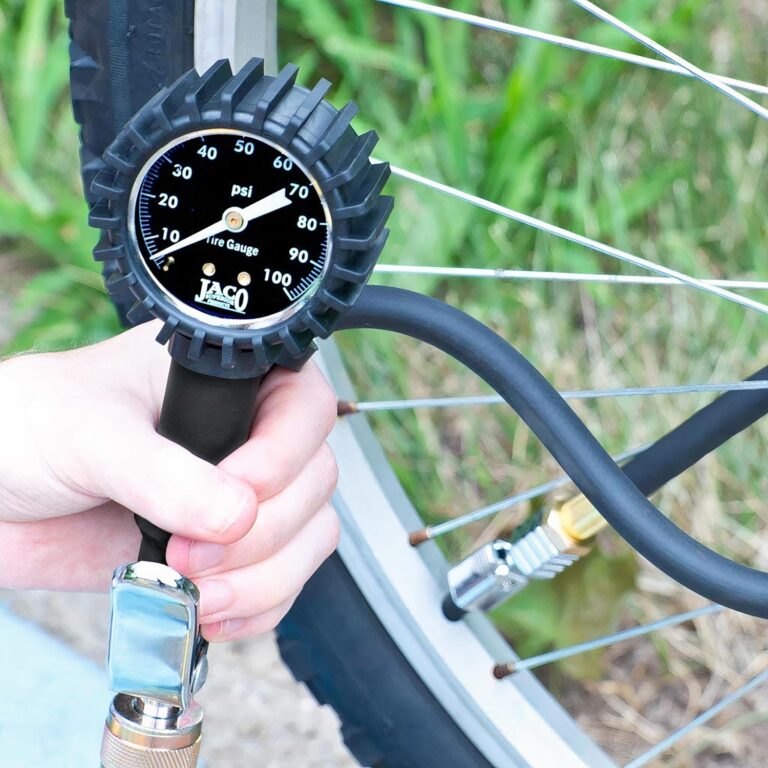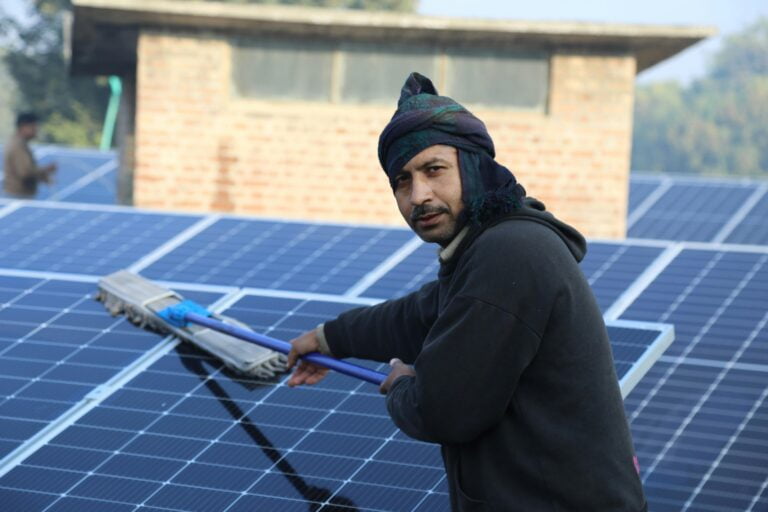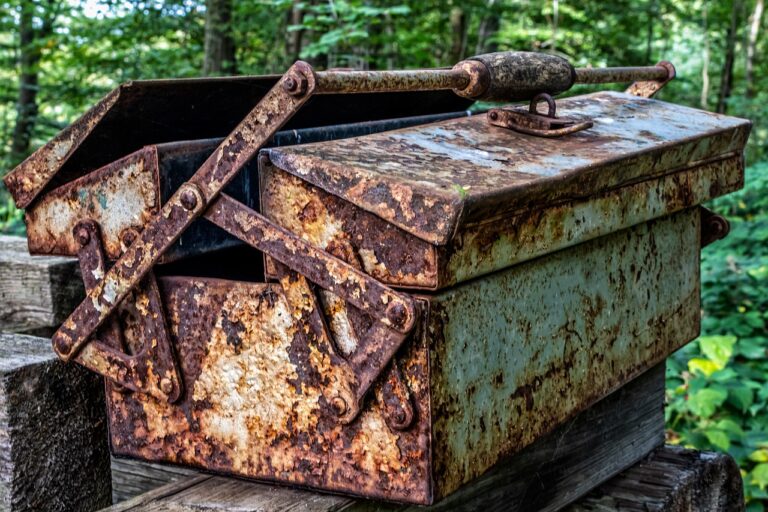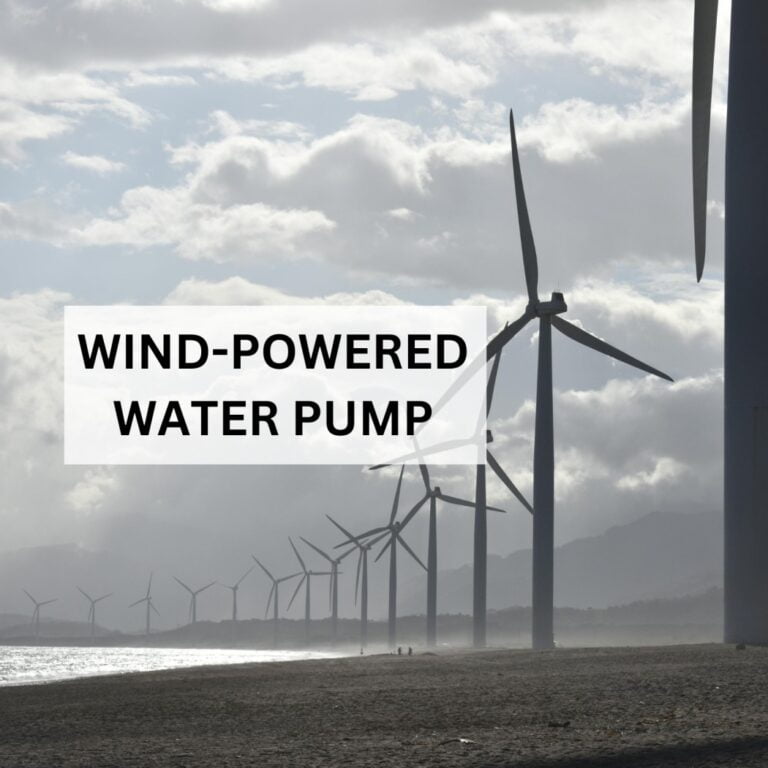How to Fix a Generator That Won’t Start
Generators are a reliable backup power source for homes, farms, businesses, and job sites.
Whether you rely on one for emergencies, outdoor projects, or daily operations, it can be frustrating when your generator refuses to start.
Luckily, most generator startup issues can be fixed with simple troubleshooting steps.
This detailed guide will help you identify the most common reasons your generator won’t start and walk you through step-by-step solutions to get it running again.
Also, read >>> Guide to Portable Generators for Camping: Power Up Your Outdoor Adventures
Table of Contents
- 1 1. Start with the Basics
- 2 2. Check the Battery (For Electric Start Generators)
- 3 3. Inspect the Spark Plug
- 4 4. Verify the Fuel System
- 5 5. Check the Oil Level and Low Oil Sensor
- 6 6. Examine the Air Filter
- 7 7. Inspect the Recoil Starter (For Manual Start Generators)
- 8 8. Other Potential Issues
- 9 9. When to Call a Professional
- 10 Conclusion
1. Start with the Basics

Before diving into more technical troubleshooting, check these simple but often overlooked issues:
- Is there enough fuel?
- Open the fuel tank and check the fuel level.
- If the generator has been sitting for months, the fuel may have degraded and clogged the carburettor.
- Depending on your generator type, drain old fuel and refill with fresh gasoline or diesel.
- Open the fuel tank and check the fuel level.
- Is the fuel valve open?
- Some generators have a fuel shutoff valve that must be open for fuel to reach the engine.
- Locate the valve (typically near the fuel line) and ensure it is in the ON position.
- Some generators have a fuel shutoff valve that must be open for fuel to reach the engine.
- Is the choke set correctly?
- For a cold start, the choke should be fully closed.
- If the generator is warm, the choke should be open.
- For a cold start, the choke should be fully closed.
- Is the On/Off switch in the correct position?
- Ensure the generator’s main power switch or ignition key is turned ON before pulling the recoil cord or pressing the electric start button.
- Ensure the generator’s main power switch or ignition key is turned ON before pulling the recoil cord or pressing the electric start button.
2. Check the Battery (For Electric Start Generators)
If your generator has an electric starter and won’t turn over a weak or dead battery could be the culprit.
Steps to check the battery:

- Test the battery voltage using a multimeter. If the voltage reads below 12V, the battery is too weak to start the generator.
- Charge the battery if low. Use a trickle charger or an external battery charger.
- Inspect battery terminals for corrosion or loose connections. Clean any rust or dirt buildup and tighten the connections.
- Replace the battery if it no longer holds a charge.
Also, read >>> Power Up Your Life With Honda Generator 5000 Watt
3. Inspect the Spark Plug

The spark plug is essential for igniting the fuel mixture. If it’s dirty, faulty, or disconnected, your generator won’t start.
Steps to check and fix the spark plug:
- Locate the spark plug (usually on the side of the engine) and remove it using a spark plug socket wrench.
- Inspect the electrode tip. If it’s covered in dirt, oil, or carbon deposits, clean it using a wire brush or replace it if it’s too worn.
- Check for a spark by grounding the spark plug against the engine block and pulling the starter cord. The spark plug or ignition coil may be faulty if no spark appears.
- Reinstall the spark plug or replace it if necessary.
4. Verify the Fuel System

The fuel delivery system could be faulty if your generator has fuel but still won’t start.
Steps to check fuel flow:
- Check the fuel filter for blockages. A clogged filter can prevent fuel from reaching the engine. Replace it if needed.
- Inspect fuel lines for cracks, leaks, or blockages. If you notice any damage, replace the affected fuel lines.
- Clean the carburettor. If the generator is unused, the carburettor jets may be clogged with old fuel. Use a carburettor cleaner spray to dissolve debris or remove and clean the entire carburettor.
Also, read >>> The Best Patriot Power Generator 2000X: Portable Power Stations
5. Check the Oil Level and Low Oil Sensor

Many modern generators have a low oil shutdown sensor that prevents the engine from starting when the oil level is too low.
Steps to check oil levels:
- Use the dipstick to check oil levels. If the oil is low, top it up with the recommended type of engine oil.
- Check the oil quality. If the oil is dirty or too thick, drain and replace it with fresh oil.
- Test the oil sensor. Sometimes, a faulty sensor can mistakenly detect low oil levels. If you suspect the sensor is bad, consult your generator’s manual for instructions on temporarily bypassing it for testing purposes.
6. Examine the Air Filter

A clogged air filter restricts airflow to the engine, making it difficult for the generator to start.
Steps to check and clean the air filter:
- Locate the air filter cover, usually on the side of the generator.
- Remove the air filter and inspect it for dirt and debris.
- If it’s dirty, clean it by tapping out dust or using compressed air.
- If it’s too clogged, replace it with a new air filter.
Also, read >>> The Best Natural Gas Generators: Powering Your Home and Adventures
7. Inspect the Recoil Starter (For Manual Start Generators)

The recoil starter may be damaged if your generator uses a pull-start mechanism and feels stuck or too loose.
Steps to fix recoil starter issues:
- Check if the cord is jammed. If it’s stuck, remove the recoil assembly and inspect for dirt or damage.
- Inspect the recoil spring. If it’s broken, it will need to be replaced.
- Lubricate or replace the recoil mechanism if necessary.
8. Other Potential Issues
If none of the above solutions work, consider these factors:
- Clogged exhaust muffler: A blocked exhaust can prevent airflow, making ignition difficult. Clean or replace the muffler if needed.
- Faulty ignition coil: If the spark does not return after replacing the spark plug, the ignition coil may need to be replaced.
- Engine flooding: If you smell excessive fuel, let the generator sit for a few minutes before trying again.
Also, read >>> The Best Solar Generator for Home Backup: Power Up Your Peace of Mind
9. When to Call a Professional

If you’ve tried all the troubleshooting steps and your generator still won’t start, it may need professional servicing.
- If the generator makes unusual knocking noises or excessive smoke.
- If major electrical components, such as the alternator, may be faulty.
- If you are not comfortable handling complex repairs.
Conclusion
Following these troubleshooting steps, you can diagnose and fix most generator startup problems. To keep your generator in peak condition, remember to perform regular maintenance, including:
- Checking and changing the oil.
- Cleaning the air filter.
- Draining old fuel and using fresh fuel.
- Storing the generator properly when not in use.
For more expert tips on generators, tools, and mechanical equipment, visit BoreholeFlow.com and explore our product reviews and guides!
Also, read >>> 10 Best Super Power Generators for Home and Camping





